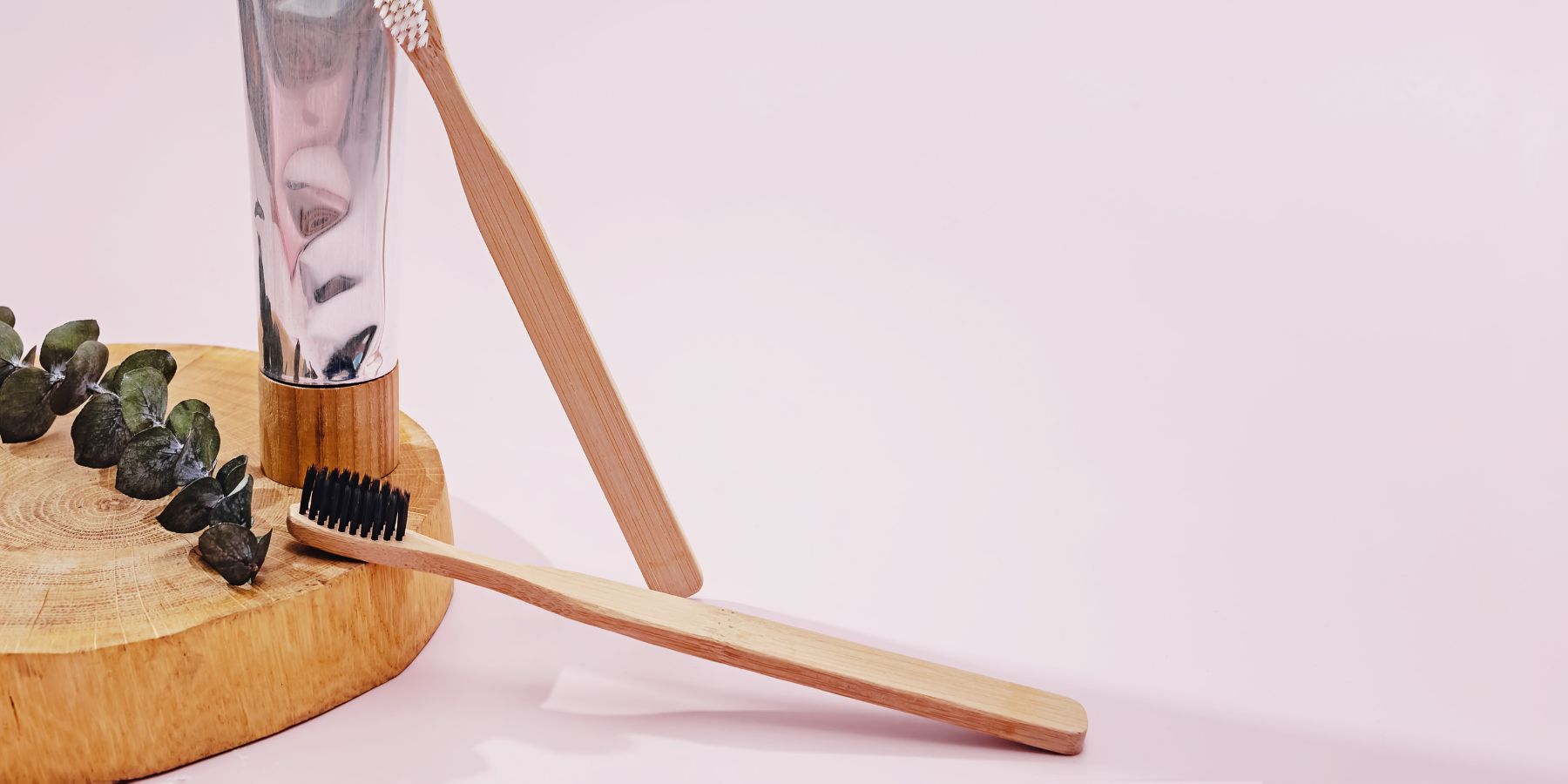In our daily lives, the toothbrush is an unassuming yet essential tool. But have you ever stopped to think about its origins? How did we get from the primitive methods of ancient civilizations to the sophisticated toothbrushes we use today? This journey, this 'toothbrush history,' is not only intriguing but also a testament to human innovation and adaptability.
The Early Days
The story of the toothbrush begins long before the modern era. Ancient civilizations had their ways of cleaning teeth. The Egyptians and Babylonians used a "chew stick" as early as 3500 BC, a small twig with a frayed end used to rub against the teeth. Similarly, in India and Africa, people used twigs from specific trees known for their cleaning properties and pleasant taste.
The Emergence of Bristle Toothbrushes
The leap towards a bristle toothbrush occurred in China during the Tang Dynasty (619-907 AD). They created a brush by attaching stiff, coarse hairs taken from the back of a hog's neck to bamboo or bone handles. This was the birth of the toothbrush design that we are more familiar with today.
The Toothbrush Travels West
The concept of a bristle toothbrush traveled from China to Europe, where it underwent further modifications. Europeans replaced the coarse hog bristles with softer horsehair, and sometimes even with feathers. Despite these changes, the basic design initiated by the Chinese remained largely the same.
The Advent of Synthetic Bristles
The significant turning point in toothbrush history came in 1938 with the invention of nylon by DuPont. This led to the creation of the first toothbrush with synthetic bristles, which were far more hygienic and durable than their animal hair counterparts. This was the dawn of the modern toothbrush era.
Continued Innovations
Since the introduction of nylon bristles, the toothbrush has undergone continuous evolution. Handles have become more ergonomic, bristles have been designed with varying textures and angles for better cleaning, and the heads have been shaped to reach different areas of the mouth effectively.
The Electric Revolution
In 1954, another major milestone was reached with the introduction of the electric toothbrush. Designed to mimic the motion of professional dental cleaning tools, electric toothbrushes offer more thorough cleaning and are particularly beneficial for those with limited manual dexterity.
Environmental Concerns and Responses
In recent years, the environmental impact of plastic toothbrushes has become a concern. This has led to the development of more sustainable options, like bamboo toothbrushes and toothbrushes made from recycled materials, indicating the ongoing evolution of this essential tool.
Conclusion
The modern toothbrush, as we know it today, is the result of centuries of innovation and adaptation. From chew sticks to nylon bristles, and from manual to electric, the evolution of the toothbrush mirrors our journey towards better health and hygiene. This toothbrush history is not just about a cleaning tool; it's a reflection of human progress, a small yet significant chapter in the larger story of our civilization's development.


